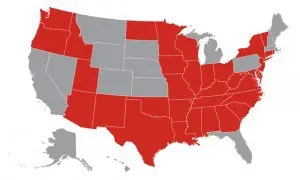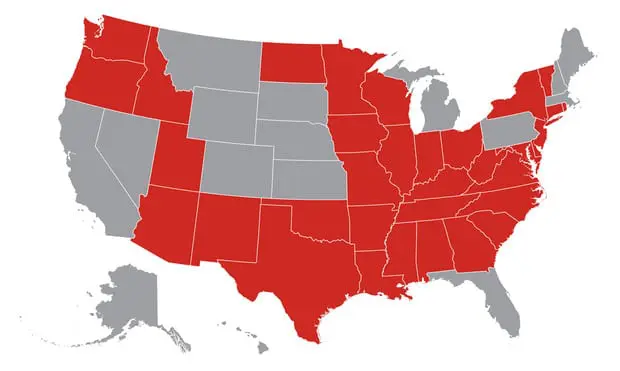CPR in Schools
Before he graduates from high school, you know that your student will be taught about literature, algebra, and even health. Today’s public school teachers work hard to give students a well-rounded education. However, some schools also give students an added bonus. When students from these schools receive their high school diplomas, they have CPR knowledge and training that can help them save a life.
Why is this necessary?

Tragically, even in 2016, approximately 90 percent of people who experience a cardiac arrest outside of a hospital setting lose their lives. This statistic even covers those who have a cardiac arrest in school or at school-sponsored activities.
This statistic is sobering, but CPR gives hope in life-threatening situations. According to the American Heart Association, a cardiac arrest patient’s chance of survival doubles or even triples if CPR is performed right away.
The majority of today’s teenagers in the United States receive their education through the public school system. When CPR is implemented as part of the curriculum, we have the amazing opportunity to change these statistics and empower the next generation with the skills they need to respond in a helpful manner in an emergency.
Can students really learn CPR?
Performing CPR is a very important task, and some people wonder if high school students can really learn CPR skills and perform them responsibly. These are great questions, but many people are surprised to find out how simple it is to learn the principles of CPR. In fact, even younger students can successfully master CPR and be ready to help others.
Some people also worry about using valuable class time to teach students CPR. Fortunately, CPR skills can be taught in just a few hours. Traditional school subjects are important, but few skills are more important than those that can help save a life.
What about teachers?
CPR training is great for students, but it is also very important for teachers. Many states have implemented mandatory CPR training as a part of teacher certification and re-certification programs. In most cases, teachers are already trained in how to use an automated external defibrillator, or AED. However, this is still not a reality in all states.
At In-Pulse CPR, we believe that CPR training has extensive benefits for both students and teachers. When a school’s teachers and staff members have CPR training, cardiac arrest victims can start getting the help that they desperately need even before emergency first responders arrive on site.
Thankfully, the United States has made a lot of progress over the last several years when it comes to CPR in schools. As of 2016, more than 30 states require public school students to complete CPR training during high school. There is still room for improvement, and we can save lives by ensuring that more people receive CPR instruction both in and out of school settings.
Most of our readers reside in these three states: Minnesota, Pennsylvania, and Florida. Unfortunately, Minnesota is the only one of the three where CPR taught in the public school system.
Whether or not this type of resource is offered by your state or school, you can contact In-Pulse CPR to learn more about CPR training options in your area.
Sources:



